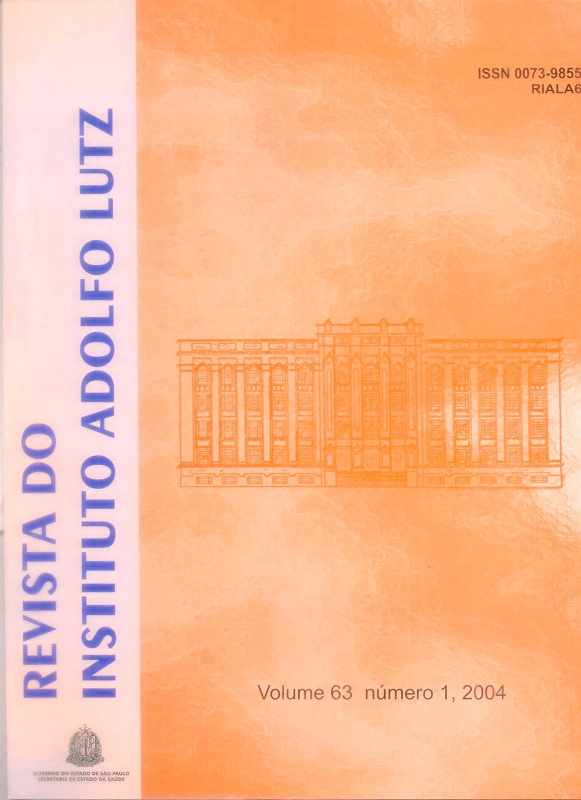Resumo
Ethylenethiourea (ETU) is a degradation and/or
biotransformation toxic substance from ethylenebisdithiocarbamate
(EBDC) fungicides. It is reasonably stable,
has high solubility in water and may represent a risk to
populations consuming fruits and other foods. Sufficient
evidence is available to indicate that it is carcinogenic in animals,
but the evidence is inadequate for human beings. This study
had the objective studying and validating analytical methods
for determining dithiocarbamates and ETU levels in papaya;
determining the levels of remaining residues of EBDC (mancozeb)
from applications to papaya species Carica papaya L.
cultivations and its metabolite ETU; determining the dissipation
of these residues days after the application of mancozebe; and
assessing the levels encountered and the risk to public health.
The utilized method for determining the dithiocarbamates levels
was spectrophotometry and determining ETU was high
performance liquid chromatography. The samples were collected
from three localities that are representative of papaya cultivation:
Lins (São Paulo), Linhares (Espírito Santo) and the extreme south
of Bahia. The analytical methods assessed presented
satisfactory results. The range of the recovery studies was from
70 to 110% for mancozeb, and from 80 to 110% for ETU.
Depending on the level fortified, the coefficients of variation
ranged from 3.7 to 13,3% for ETU and from 4,8 to 13,2% for
mancozeb. The quantification limit for the method was 0.5 mg/kg
for mancozeb and 0.01 mg/kg for ETU. All samples treated with
mancozeb presented ETU residues ranging from 0.01 mg/kg to
0.32 mg/kg. The mancozeb levels ranged from 0.5 mg/kg to 2.1 mg/kg.
In the dissipation study, the amounts of mancozeb residue
remained practically unaltered, while the ETU levels fell from
0.14 mg/kg on the day of treatment to 0.04 mg/kg 12 days later.
The contribution of the estimated mancozeb and ETU ingestion
to the Acceptable Daily Ingestion (ADI) was 1,0% and 0.7%,
respectively. Knowing that ETU is present in papaya serves as
a warning for the need for knowledge of the levels present in
foods consumed by the public.

Este trabalho está licenciado sob uma licença Creative Commons Attribution 4.0 International License.
Copyright (c) 2004 Lemes, V. R. R.
